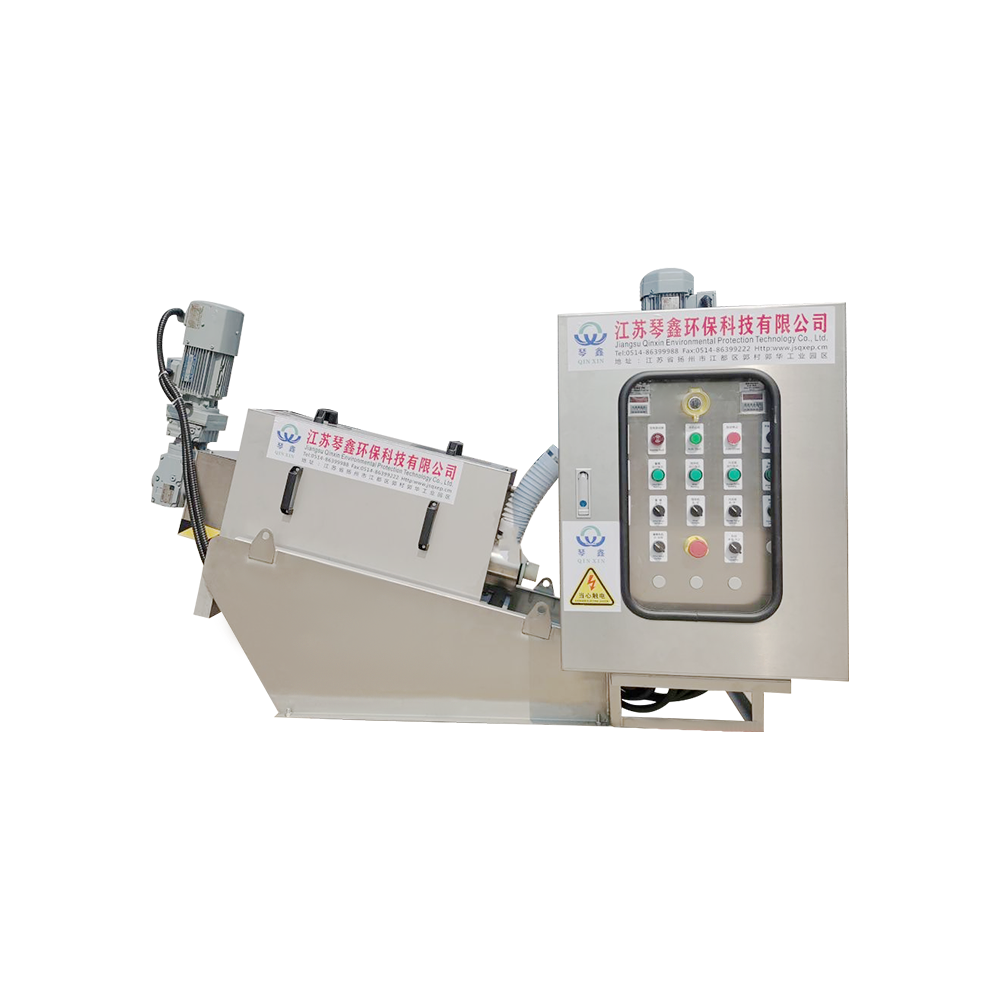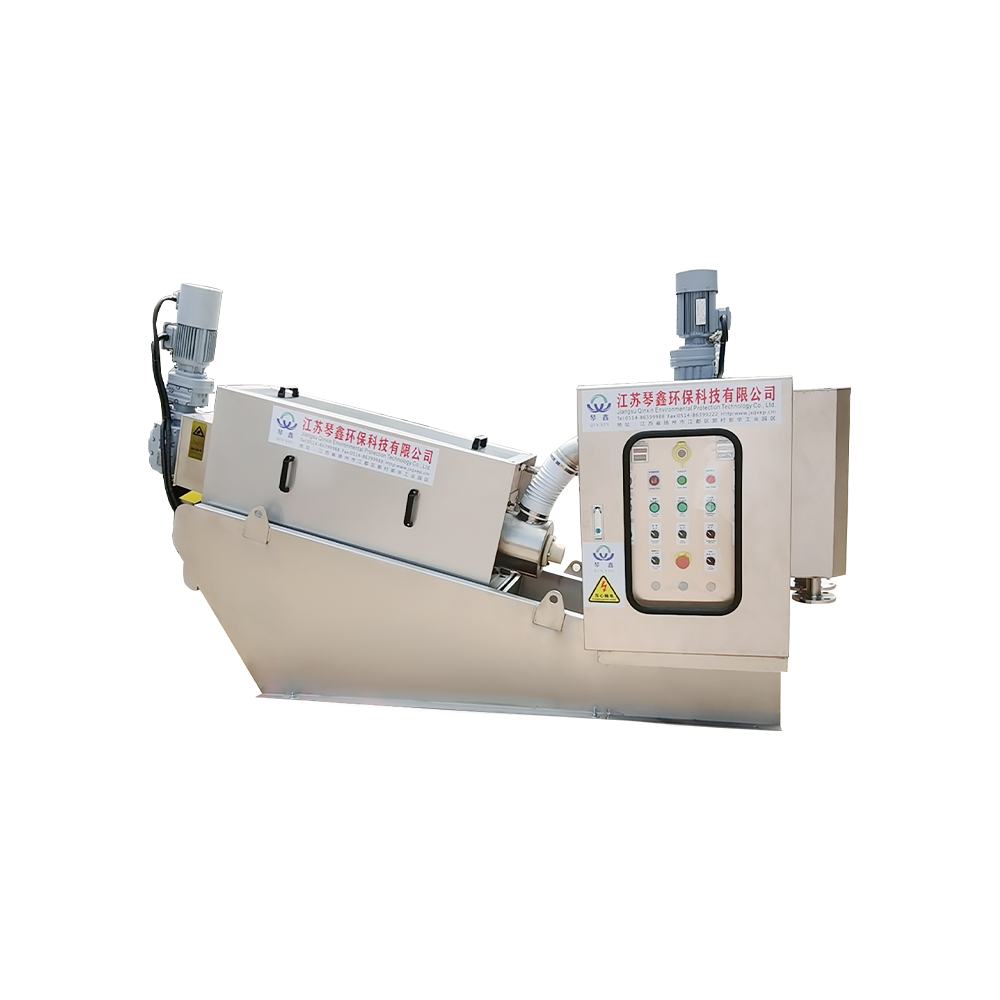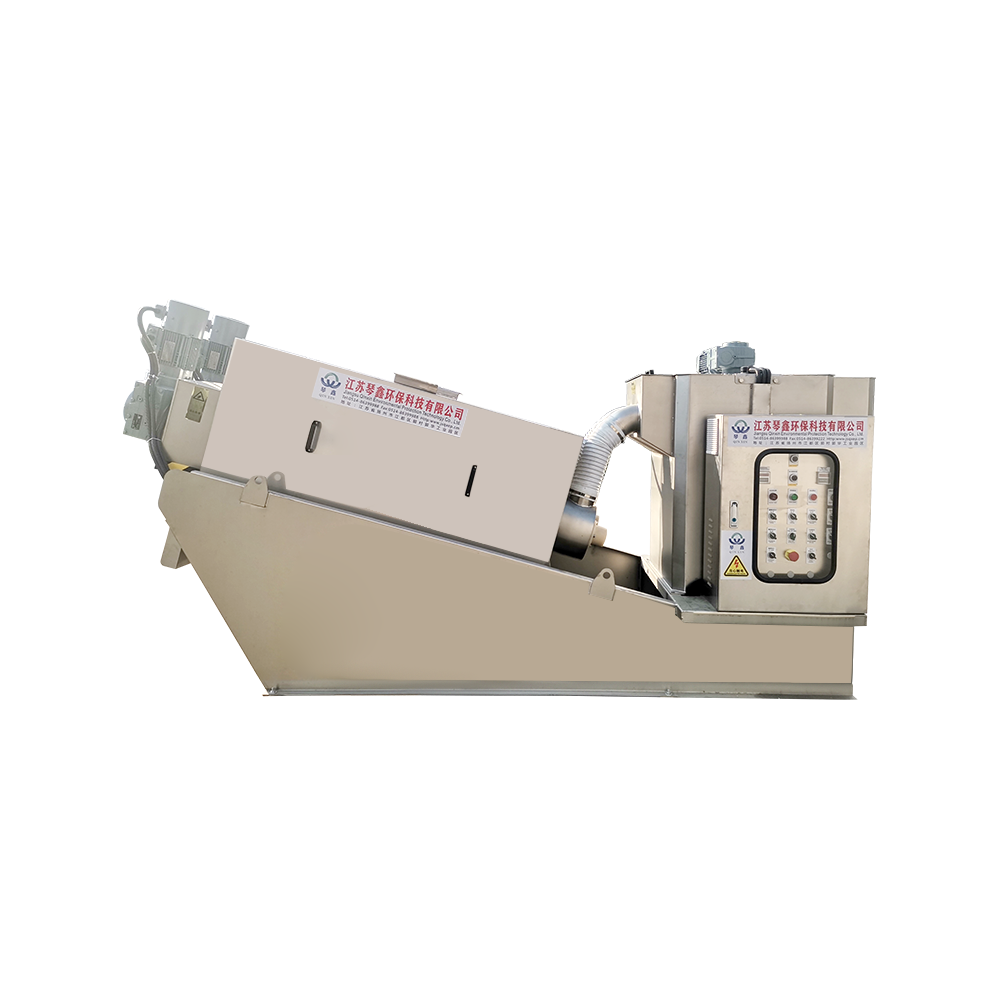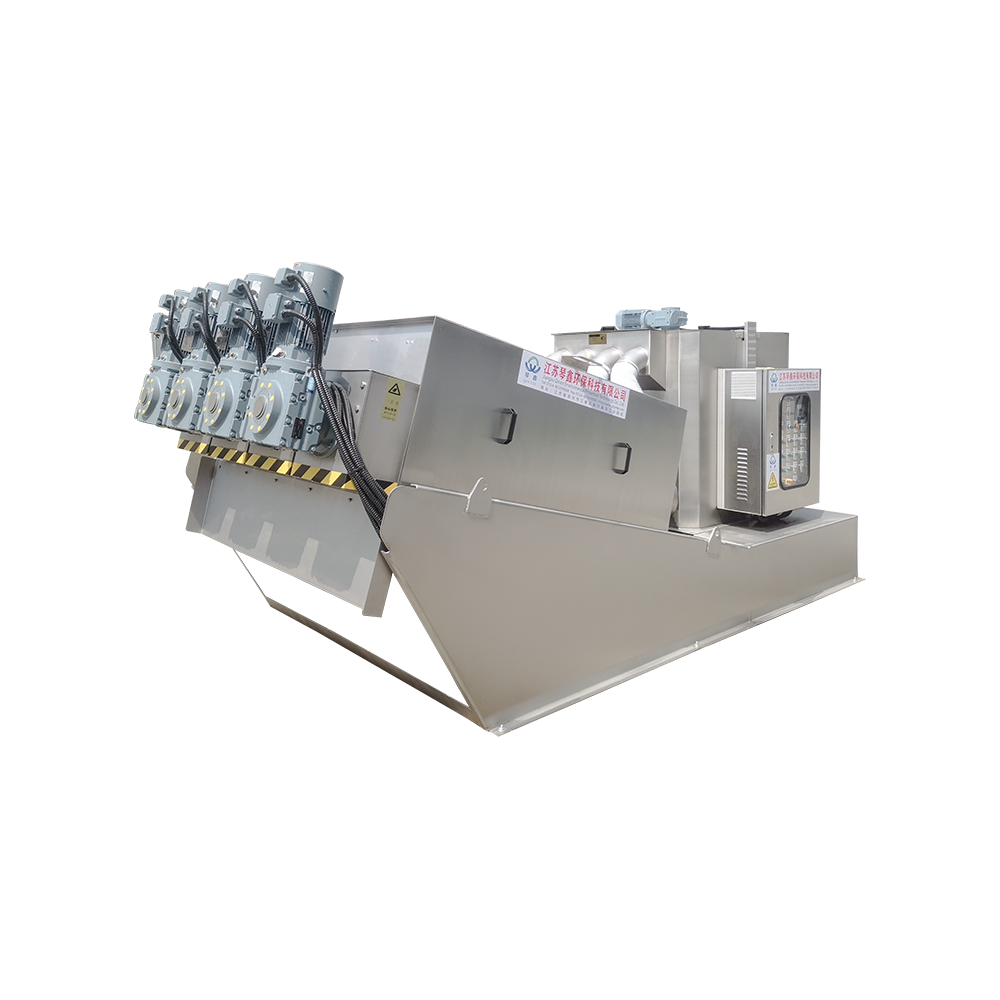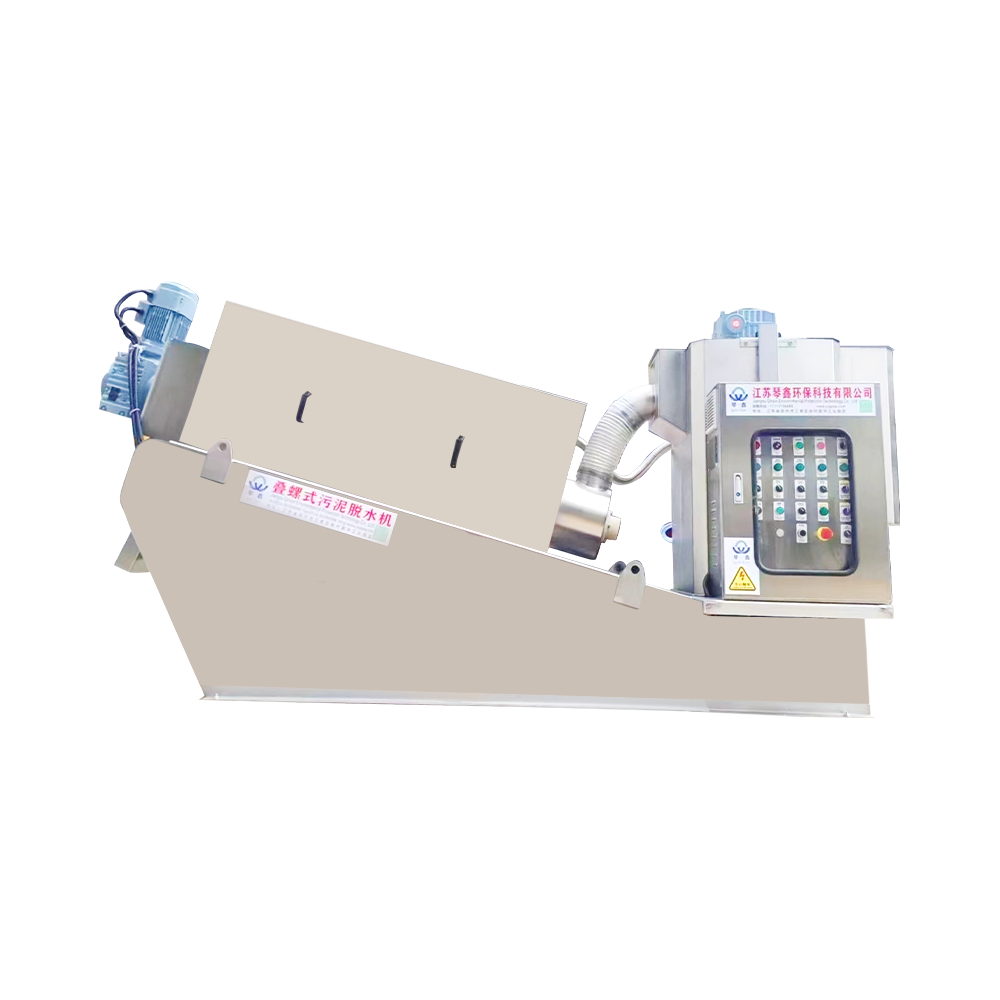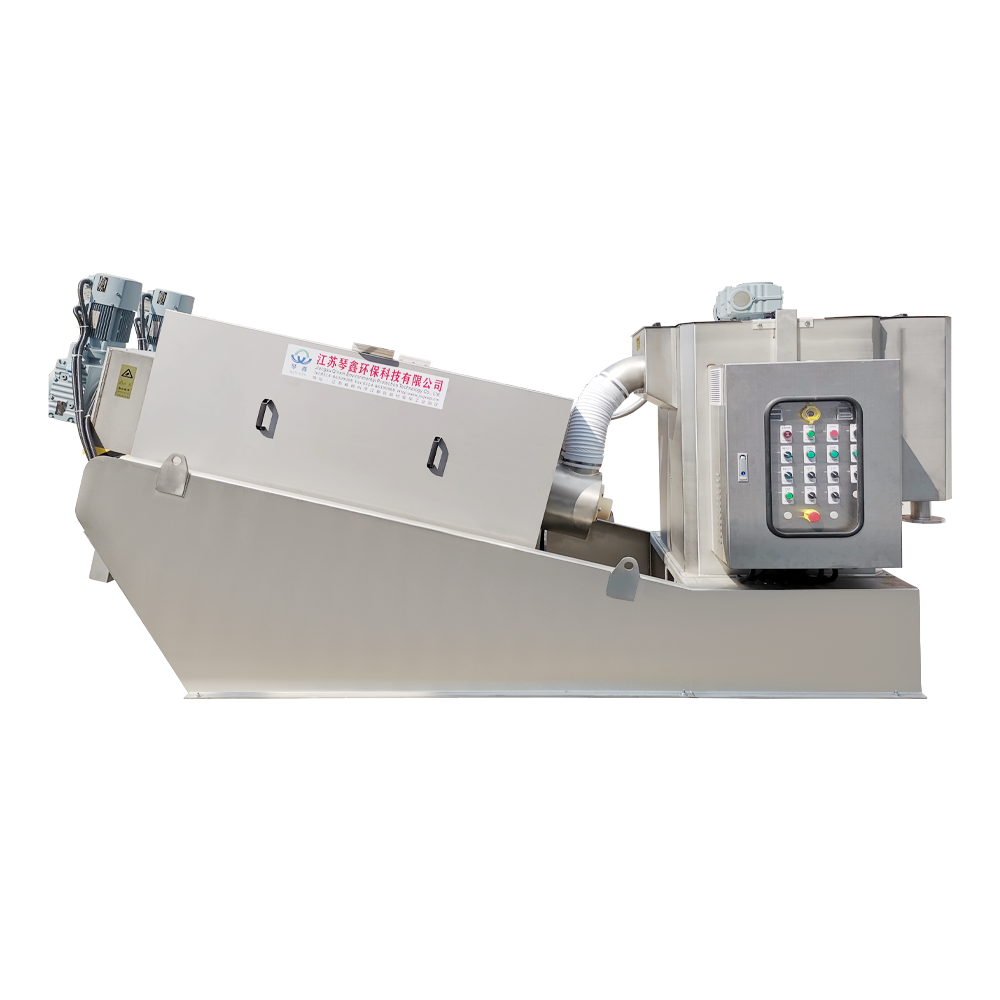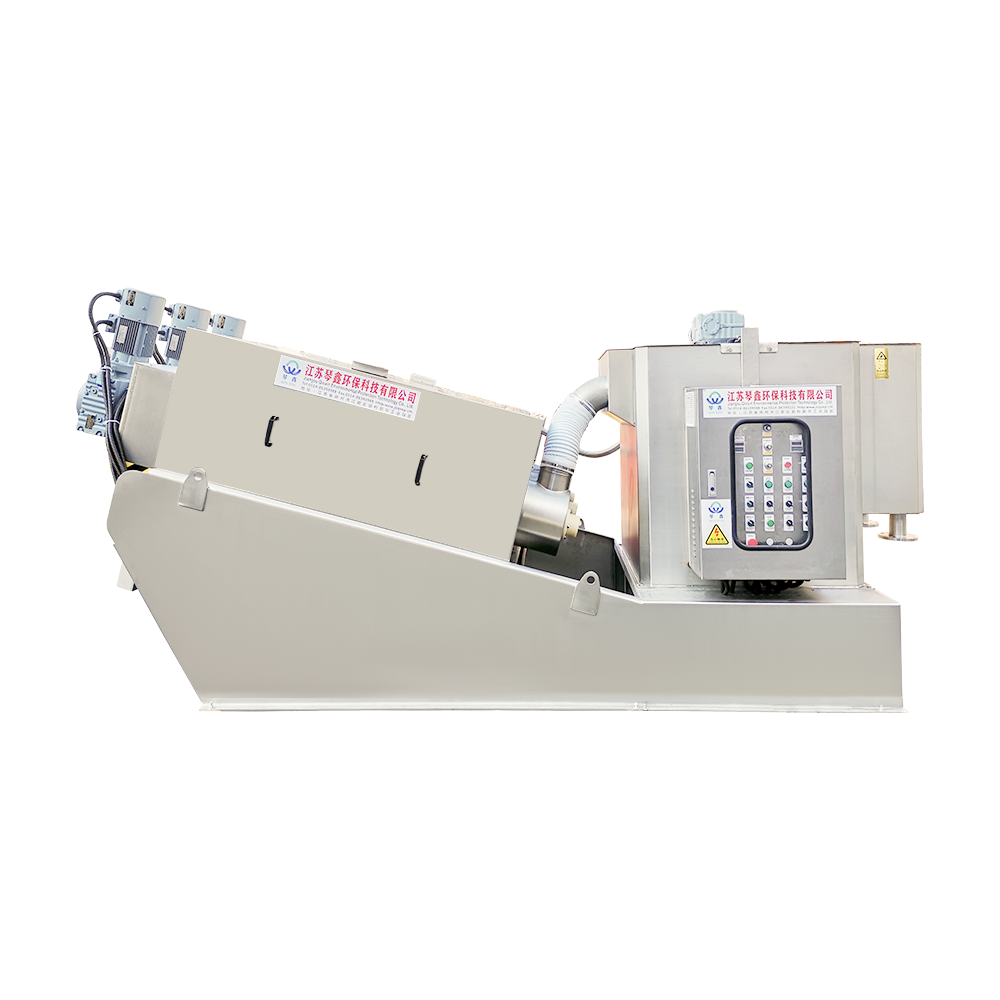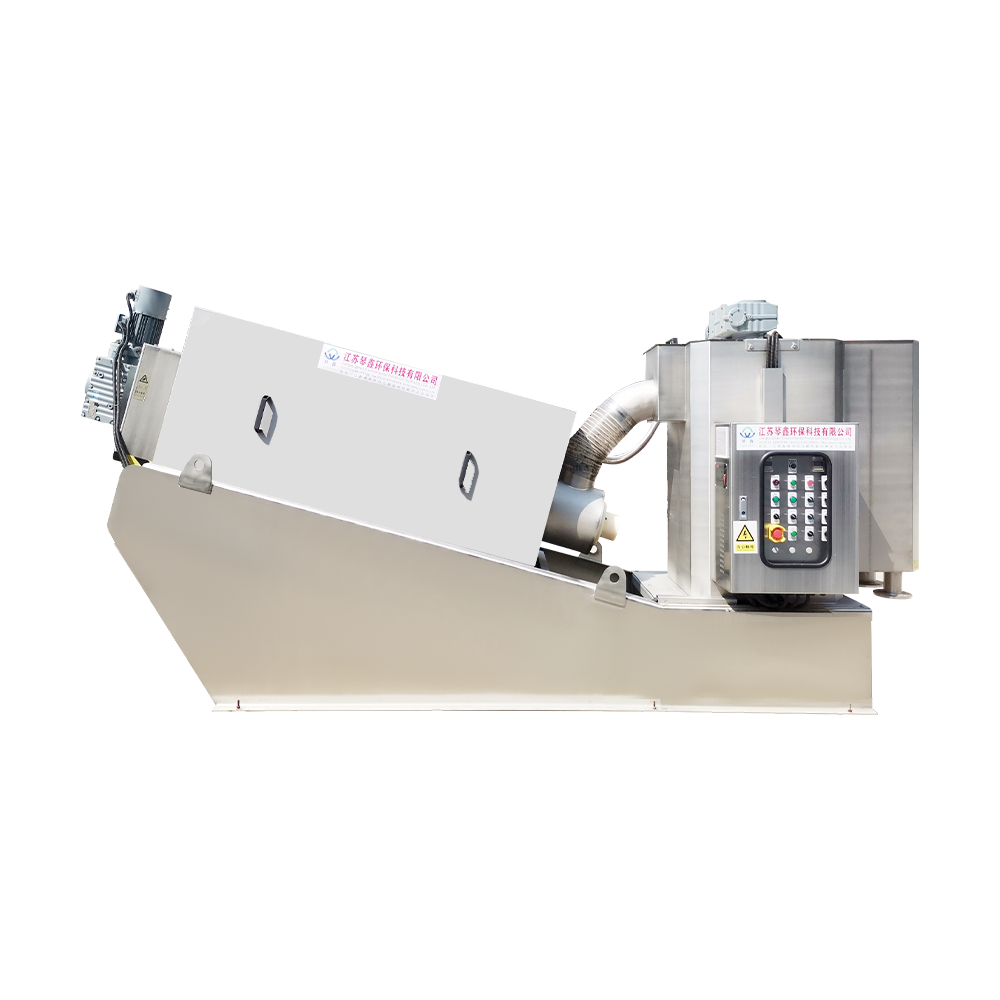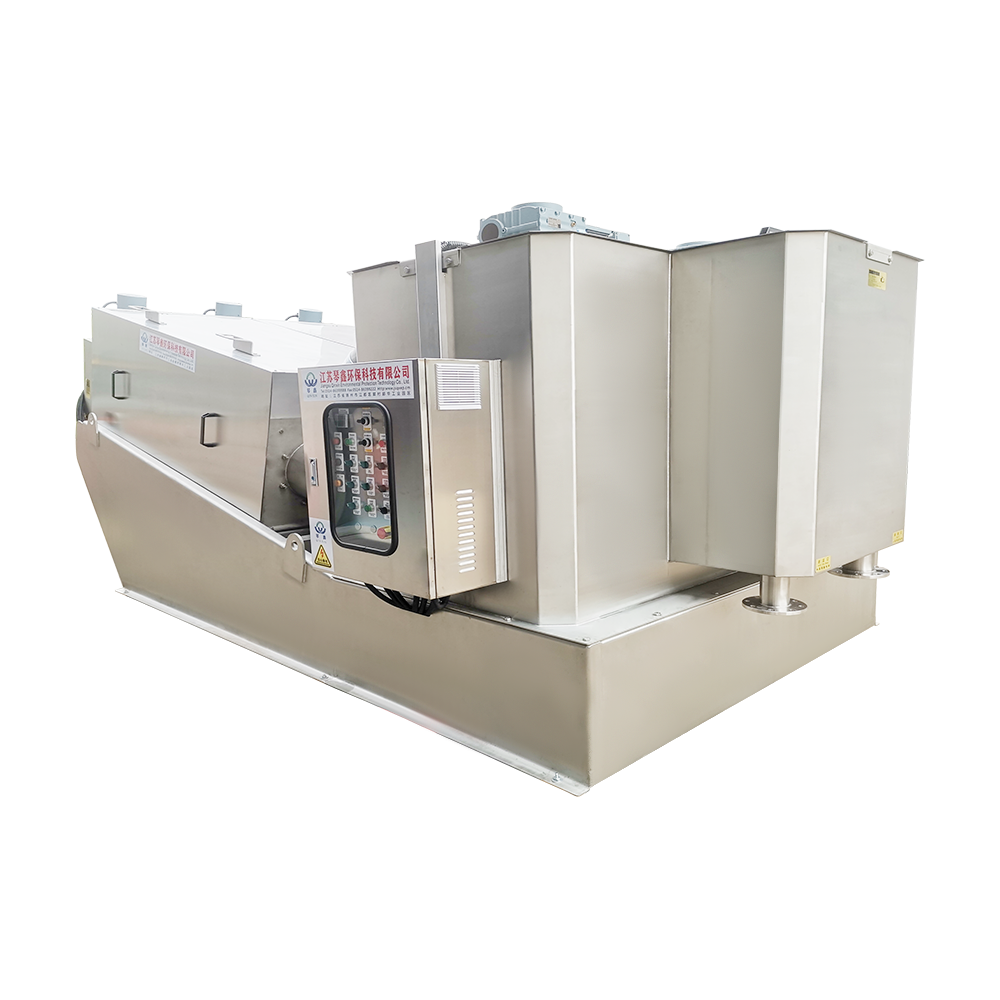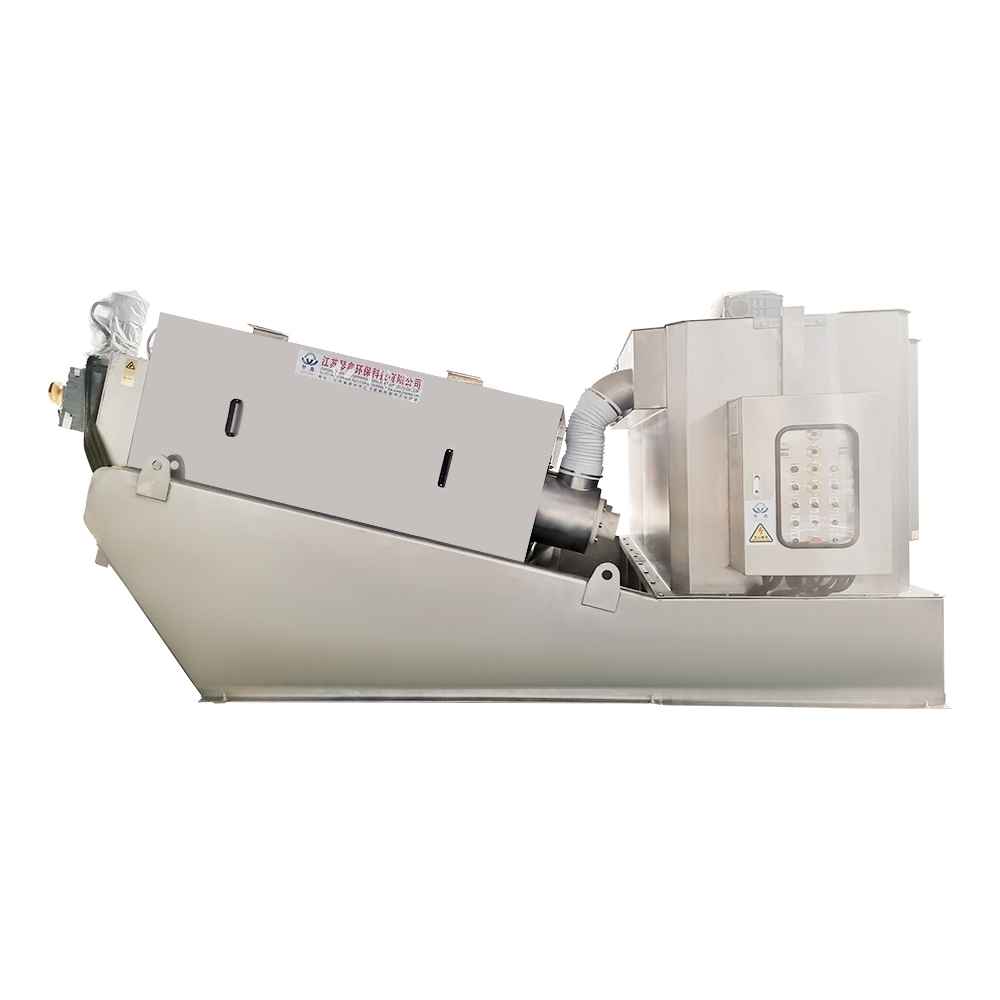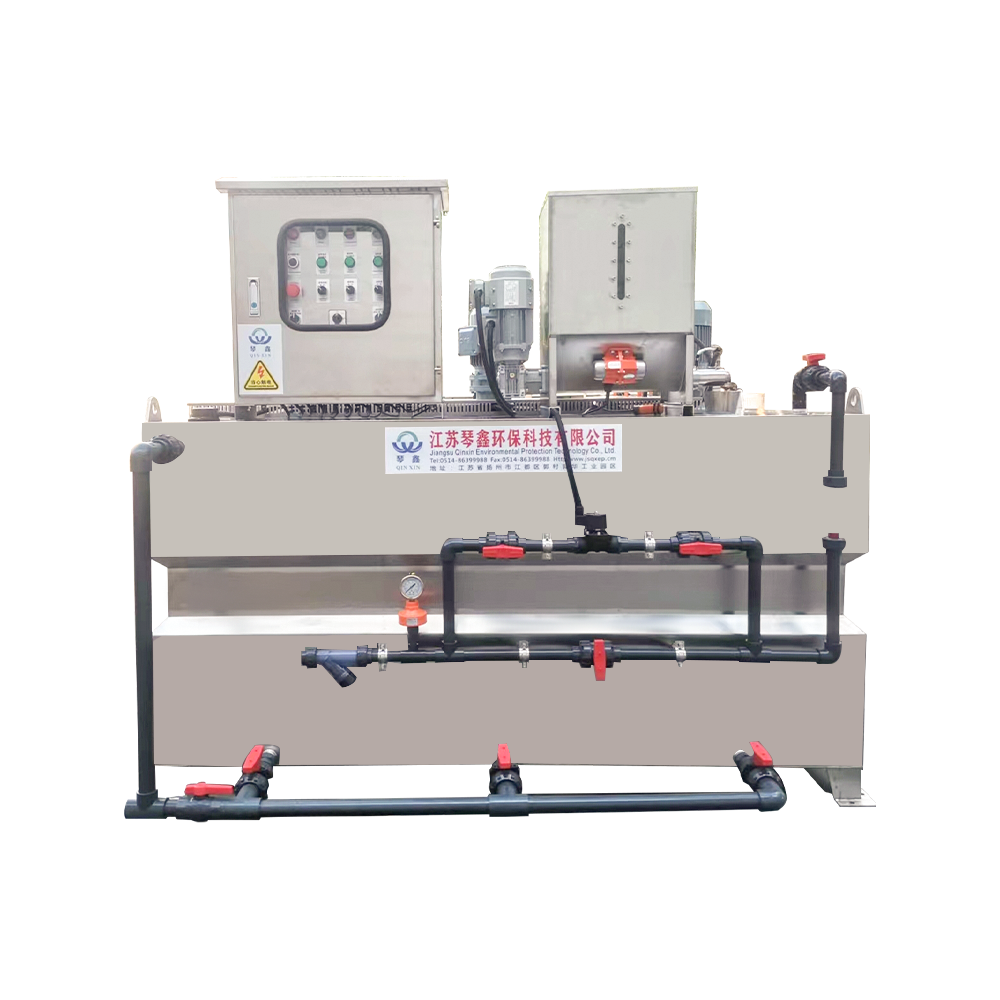A microfilter is a new type of drum screen filtration equipment that uses a wedge-shaped gap of 50 microns to 5 millimeters for filtration, known as microfiltration. Suitable for achieving solid-liquid separation of liquid impurities (small suspended solids, fibers, residues, pulp, etc.). The difference between microfiltration and other methods is that the gap between filter media is extremely small. With the help of the centrifugal force generated by the rotation of the sieve, it has high fluidity and can intercept suspended solids at low water resistance. This formulation is specially developed to solve the problems of easy blockage, damage, heavy maintenance workload, and high secondary investment in existing microfiltration machines. New Zealand absorption technology is a new type of microfilter developed based on China's national conditions, widely used in various occasions of solid-liquid separation.
Scope of application of microfiltration machine
The fully enclosed microfilter is suitable for solid-liquid separation of various electronic industry production wastewater in enterprises and can remove fine particles with a diameter of over 80 microns. Suitable for pre-treatment of wastewater from papermaking, tanning, slaughtering, brewing, printing and dyeing, textile, chemical, and other industries in China, achieving self-closed system circulation and reuse.
Main technical parameters of microfiltration machine
Note: The higher the concentration of wastewater, the higher the filtration accuracy, and the higher the removal rates of SS and COD.
Main structure and equipment characteristics
(1) Main structure
The microfilter mainly consists of a transmission device, an overflow weir water separator, a flushing water device, and other parts. The filter is made of stainless steel mesh. The filter tube adopts an inverted trapezoidal stainless steel grille
Durable, nonclogging, corrosion-resistant, and easy to clean.
(2) Equipment features:
1. Simple structure, safe and stable operation, convenient maintenance and management, and long service life.
2. Strong filtration ability and high efficiency, with a recovery rate of over 80% for medium and small suspended solids in wastewater.
3. Small size, low cost, slow operation speed, automatic protection, and convenient installation.
4. Automatic continuous operation without special care, with a filter material concentration of up to 12%.
5. It is possible to replace the coarse filtration equipment such as a mechanical grille with another one.
In terms of working principle, the treated water enters the overflow weir through the pipeline, and after a brief stable flow, the uniform overflow outlet and the opposite distribution of filter cartridges and water filters move relative to the cylinder wall through shear. The solid is intercepted by the river and rolls along the cylindrical spiral guide rail at the other end of the filter cartridge. The filtrate flows out of the container. The filter cartridge of this machine is equipped with a flushing water pipe, and the flushing water pressure (≥ 4kg/cm2) is cleaned and cleared through a fan-shaped spray to ensure that the filter always has good filtering capacity. Check whether the solid bolts of the body are tightened, whether the meshing of the transmission gears is correct, whether the rollers are abnormal, whether the motor wiring is correct, and whether the filter cartridge transmission is light. Start the motor, observe whether the filter cartridge rotates correctly, whether the gear transmission is normal, open the mud valve for 2-4 hours, pay attention to instability, and whether the frame is stable.
Recommended Products
Products provided by famous enterprises are deeply trusted by users.
 TOP
TOP
 ENG
ENG
 English
English русский
русский Español
Español Tiếng Việt
Tiếng Việt ไทย
ไทย
